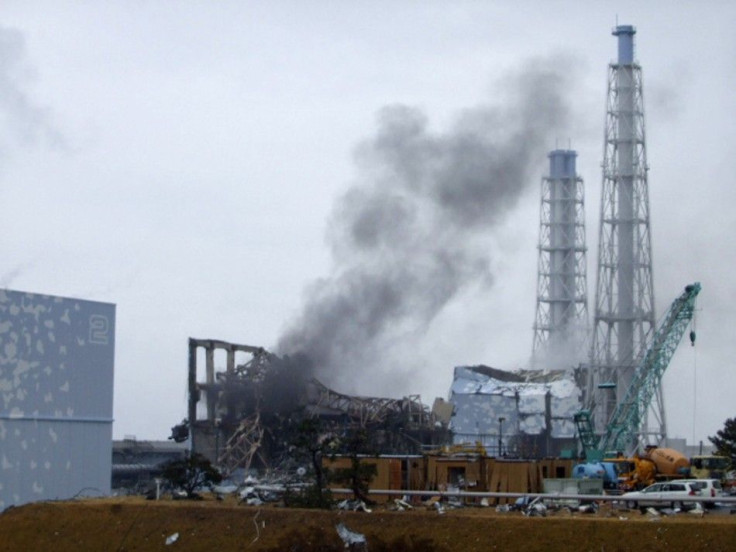Japan's five serious mistakes in Fukushima

After more than a week of utter mayhem and terrible fear about an impending disaster, there was good news finally from Japan -- engineers successfully restored electricity to the cooling systems at the Fukushima reactors over the weekend, averting further blasts and the escape of dangerous radioactive elements.
There has been worldwide appreciation for the way Japan worked diligently to prevent a disastrous meltdown while extreme adulation was reserved for the nuclear workers who put their lives in danger, kamikaze style, trying to fix the damaged reactors at the Fukushima plant.
However, scores of experts have pointed to various avoidable slips and lapses that worsened the crisis in the first place.
The following are some such safety lacunae pointed out by award-winning journalist Keith Harmon Snow in his lengthy article in Global Research:
Snow, a GE engineer-turned war correspondent who also worked as a United Nations genocide investigator, calls these security failures as 'nuclear stupidities'.
MISTAKE NO. 1 - The Fukushima reactor buildings are square, not circular, and had to absorb the force of the tsunami wave straight on. Japan sits on the Pacific Ring of Fire, the most seismic-prone region of the world where a massive quake can result in devastating tsunamis. Snow also points out that six reactors were clustered too close together at Fukushima, potentially complicating the dimensions of any disaster. Also, the reactors were built on earthquake fault lines.
MISTAKE NO. 2. - No shoreline protection was built to act as barrier against a tsunami. He points out that the nuclear crisis was the creation of an off-site power outage that cut off electricity to the plant, resulting in the failure of the crucial cooling system. Had there been better protection to the power backup facilities, the disaster wouldn’t have happened at all.
MISTAKE NO. 3 - Snow also holds responsible some of the false assumptions and calculations made before the construction of the reactors, according to which the plant could withstand anything that nature threw at it. Separately, there have been reports saying that the reactors' capability to withstand earthquakes was assessed only thrice in 35 years.
MISTAKE NO. 4. Spent fuel pools were packed too tightly, as is well-established by industry documents, for economic reasons, discarding safety concerns, Snow says. He also notes that the spent fuel pools at the six Fukushima reactors were not inside primary containment, but exposed.
MISTAKE NO. 5. The spent fuel pools at Fukushima are suspended up high inside the reactor buildings secondary containment -- the same buildings whose roofs are blowing off. He says this about the magnitude of radiation risk from spent fuel rods: The atomic bomb that exploded at Hiroshima created about 2000 curies of radioactivity. The spent fuel pools at Vermont Yankee Nuclear Plant (U.S.) are said to hold about 75 million curies. There are six spent fuel pools at Fukushima, but the numbers of tons of fuel rods in each have not been made public.
© Copyright IBTimes 2024. All rights reserved.





















